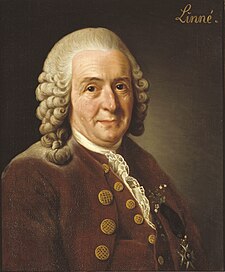
Atoms and Molecules of Ancient Earth (and not so ancient Earth) -
The All Cells-from-Cells theory proposes that every cell developed from another cell. However, if we follow the evolutionary family tree back to its very beginnings, we must conclude that, at some point, there must have been a first cell (otherwise, cells would have to have been in existence infinitely into the past) and furthermore, since we have also stated that all biological organisms are made up of cells, then that first cell must have come from something non-biological. Chemical evolution is the theory that that first cell developed from more and more highly complex/organized chemical compositions in the chemical cocktails present in early earth.
In primordial earth, there existed a soup of basic atoms which, while sharing the same space, bonded with each other more than every now and then. These atoms then formed molecules which again reacted with each other in a multitude of ways. Eventually, these molecules formed more and more complex structures and, through a process similar to natural selection, the structures that remained were those with more protection, those that could best exist on their own. A cell is a self-containing structure that's primary focus is protecting and regenerating itself and we can imagine that a cell might have done quite well in this early primordial soup.
To further understand what Chemical Evolution proposes happened early in earth's history, we need to understand something more about chemistry and, in particular, the most basic of chemical structures and the bonds by which new structures are created from the old ones.
The most fundamental of structures is the
atom. While all living organisms are made up of cells, everything in the universe (including living organisms) is made up of atoms. At this point, it might be interesting to note the similarities between cells and atoms, for example in shape. They are both self-containing (spherical?) structures and ...<--Must go back to this idea another time. Atoms consist of a central nucleus made up of
neutrons and
protons. Outside of this, there are extremely small particles orbiting the nucleus called
electrons. Protons have a positive electric charge, neutrons are electrically neutral, and electrons (those little bitty things circling the nucleus) are negatively charged. Atoms as a whole are electrically neutral when the electrical charges of those composite particles balance. This happens when the number of protons and the number of electrons are the same. (
question: Why do they balance when they have different sizes? Are their masses the same?)
All atoms of any particular element have the same number of protons. For example, all Helium atoms have two protons. All Carbon atoms have six protons. The number of neutrons, however, is variable...not consistent from one Helium atom to the next, one Carbon atom to the next, and so on. We refer to all forms of elements with the same number of neutrons as a particular
isotope. For example, there is an isotope of uranium that contains 143 neutrons and there is another isotope of uranium that contains 146 neutrons.
The sum of the protons and neutrons in an atom is called its
mass number.
Scientists measure the mass of atomic particles using a special unit called the
atomic mass unit (amu) or dalton. From an article on
Answers.com...
Within the context of biochemistry and microbiology, often the term dalton (abbreviated Da or D) is used. This is useful for describing the mass of large organic molecules, typically rendered in kilodaltons (kDa). The Latin prefix kilo-indicates 1,000 of something, and "kilodalton" is much less of a tongue-twister than "kilo-amu". The term "dalton" honors English chemist John Dalton (1766-1844), who, as we shall see, introduced the concept of the atom to science.
Protons and neutrons have virtually identical masses and are measured as 1 amu each. So, for example, a carbon atom that has 6 protons and 6 neutrons has a total mass of 12 amu and a mass number of 12.
Radioactive Decay -















